The scene of Jesus entering Jerusalem on a donkey is rich in colorful details.
Bible commentators and spiritual writers, each picks up the aspect of the text which he/she finds deserves more attention.
Just now, one point strikes me – it is expressed in the first part of the narrative in Mark’s gospel (Mark 11:1-10).
Jesus tells the two apostles he is sending:
 “Go to the village ahead of you, and just as you enter it,
“Go to the village ahead of you, and just as you enter it,
you will find a colt tied there, which no one has ever ridden.
Untie it and bring it here.
If anyone asks you, ‘Why are you doing this?’
say, ‘The Lord needs it and will send it back here shortly’.”
The same scene of Jesus entering Jerusalem is reported also by the evangelist Luke (Luke 19:39-40).
reported also by the evangelist Luke (Luke 19:39-40).
He has recorded a detail not mentioned by the other writers –
it is about the reaction of the Pharisees to the shouts of acclaim of the people welcoming Jesus.
“Some Pharisees in the crowd said to him, ‘Master, check your disciples’.
But he answered, ‘I tell you, if these keep silence the stones will cry out’.”
Amazing how people can put objections to… God.
And we can sometimes be among such people!
In the first instance, Jesus had, in fact, foreseen the objection – he warns his apostles about it.
In the second case, he replies to the Pharisees with his usual aplomb –
a self-assurance his opponents do not appreciate!
At the beginning of the Holy Week, it may be appropriate to reflect on our own… objections to God…
– When some situations suggest that God may expect this, or that, from us…
– When, through certain events, God calls us to reappraise some of our choices…
– When, through people around us, God invites us to make a courageous decision…
– When a gentle but persuasive inner voice inspires us to follow a certain path…
Do we offer God objections that we judge valid and reasonable?
Do we try to cleverly escape God’s challenge presenting him with good reasons not to answer his desire?
Perhaps, as Mark’s gospel states:
‘The Lord needs this…’
Note: In the following video (in French), Diane Dargis pursues the reflection on this scene at: https://youtu.be/Txjh2LJK_-o?si=lXy1CFkR8FB2QCEo
Note: Another text is available on a different theme, in French, at: https://image-i-nations.com/dimanche-des-rameaux-annee-b-2024/
Source: Images: unsplash.com (Dmitriy Serafin) FreeBibleimages
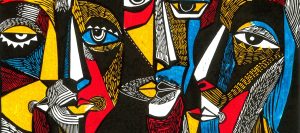

 n today’s gospel text, as Jesus appears to them, his disciples think they see… a ghost ! (Luke 24:35-48).
n today’s gospel text, as Jesus appears to them, his disciples think they see… a ghost ! (Luke 24:35-48).

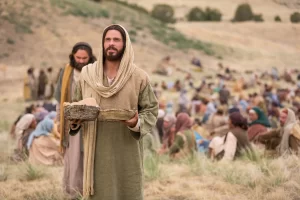
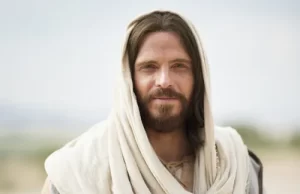
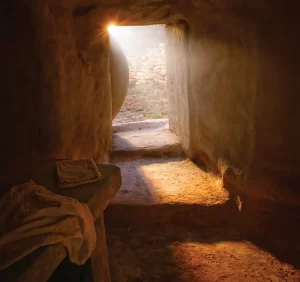 John and Peter are at the tomb where Jesus has been laid.
John and Peter are at the tomb where Jesus has been laid. Jesus-God abandoned by his closest followers and friends…
Jesus-God abandoned by his closest followers and friends…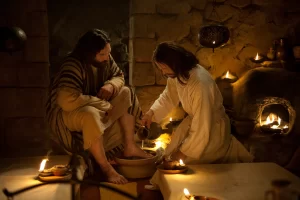 It starts silently as Jesus comes near to Peter and kneels to wash his feet.
It starts silently as Jesus comes near to Peter and kneels to wash his feet.
 The date was chosen because on 24 March 1980, Archbishop Oscar Arnulfo Romero of El Salvador was assassinated, after denouncing violations of human rights.
The date was chosen because on 24 March 1980, Archbishop Oscar Arnulfo Romero of El Salvador was assassinated, after denouncing violations of human rights. “Go to the village ahead of you, and just as you enter it,
“Go to the village ahead of you, and just as you enter it, reported also by the evangelist Luke (Luke 19:39-40).
reported also by the evangelist Luke (Luke 19:39-40). This year’s World Water Day, on 22 March 2024, will take place under the theme ‘Leveraging Water for Peace’.
This year’s World Water Day, on 22 March 2024, will take place under the theme ‘Leveraging Water for Peace’.
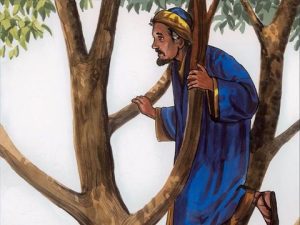 Many of you reading these lines recall the name of this original fellow.
Many of you reading these lines recall the name of this original fellow.